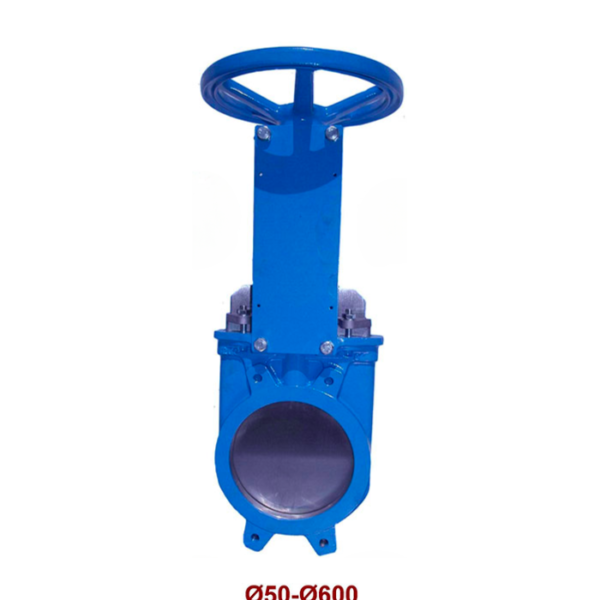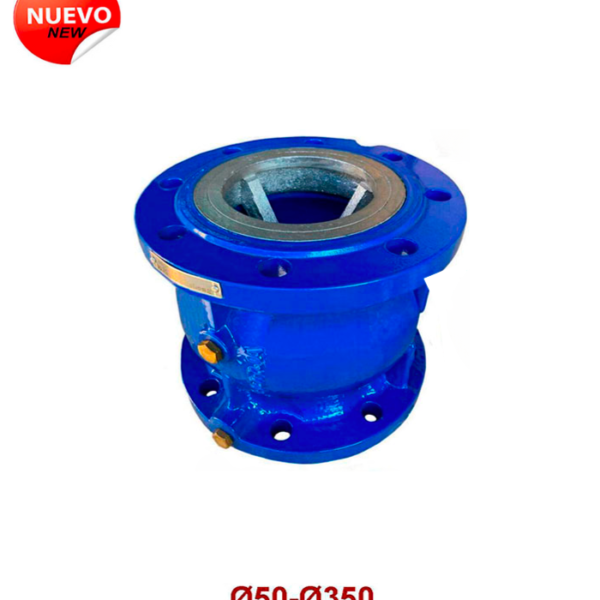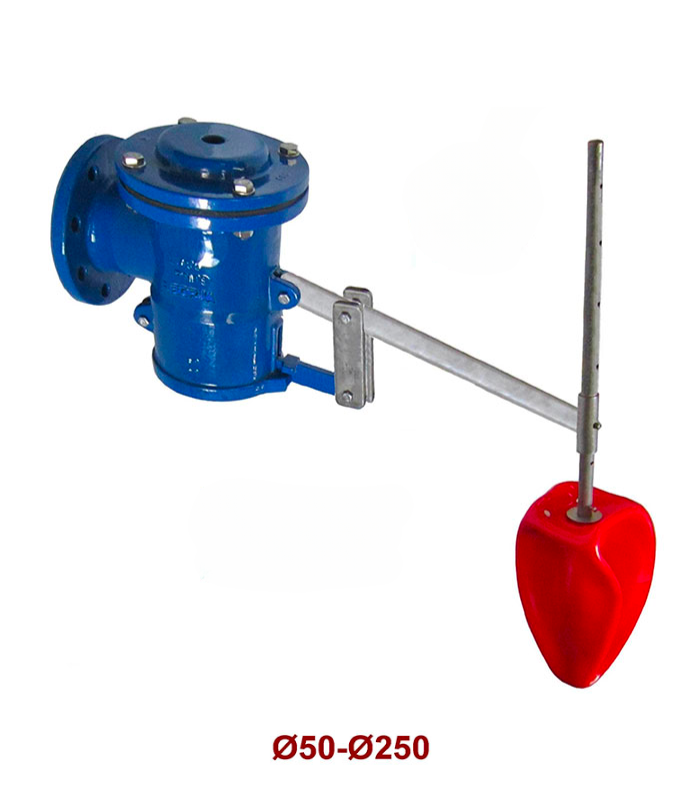Our angular float valve is especially indicated for filling water and other neutral liquids at a maximum temperature of 80º C and a maximum working pressure of 16 bar.It is installed on the top of a tank or reservoir to automatically control the filling rate and gently close it when it reaches a predetermined level. It is basically made up of two parts: the valve body and the float or buoy. The float cuts off the flow of the fluid when it reaches the desired level through the float or buoy.
It is a simple mechanical liquid level controller. The float senses elevation changes on the liquid-free surface and opens or closes the valve.
It has a flange to be attached for mounting downspouts, the drive lever is long for slow and smooth closing, easy installation, reduced maintenance (cylinder and piston seals easily replaceable), low pressure loss, adjustable arms in height and hermetic closure.
It is important that the fluids are clean and know the valve flow rate to perform filling time calculations.
To control closure levels in tanks for water distribution networks, fire protection and irrigation.











